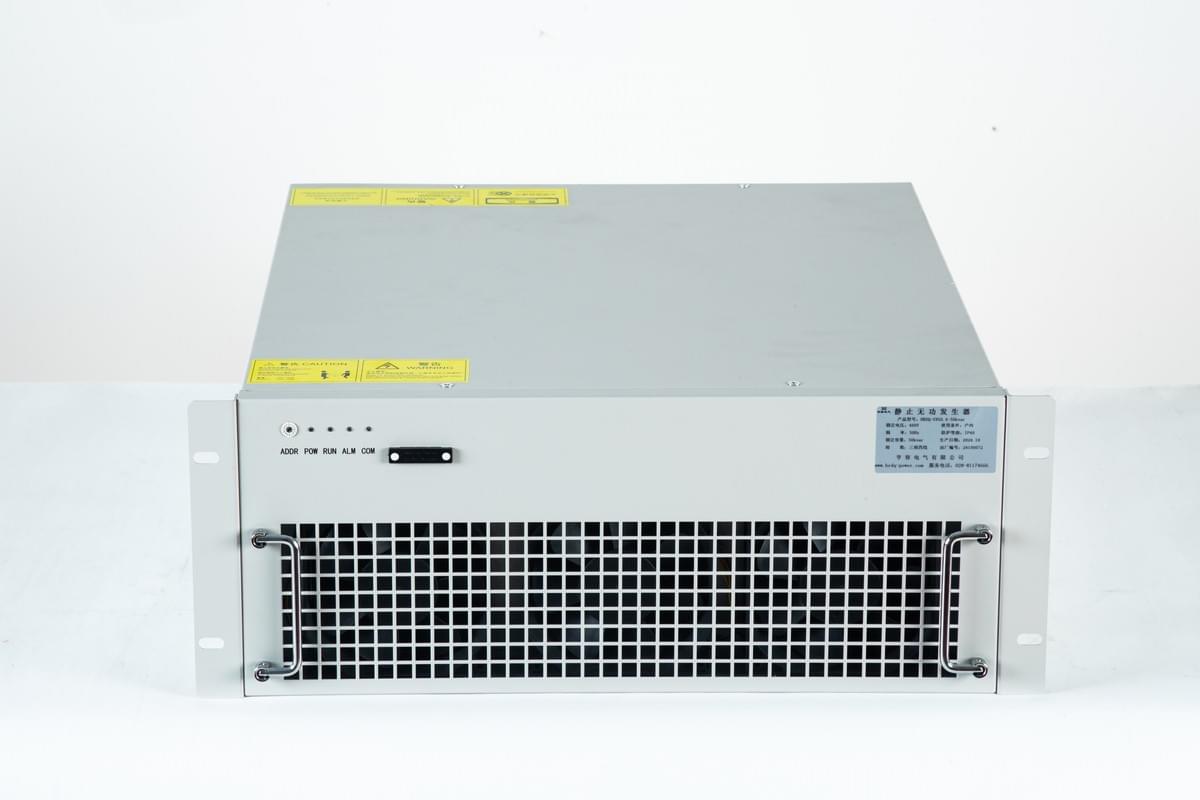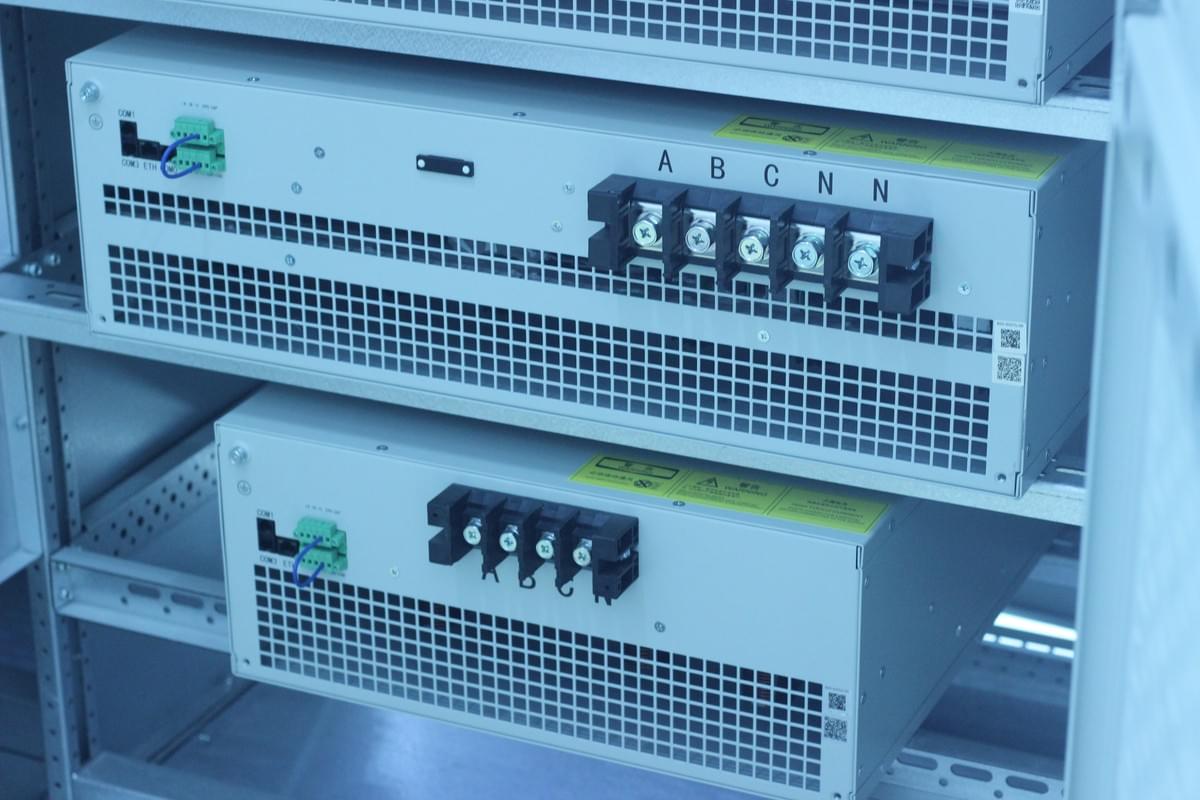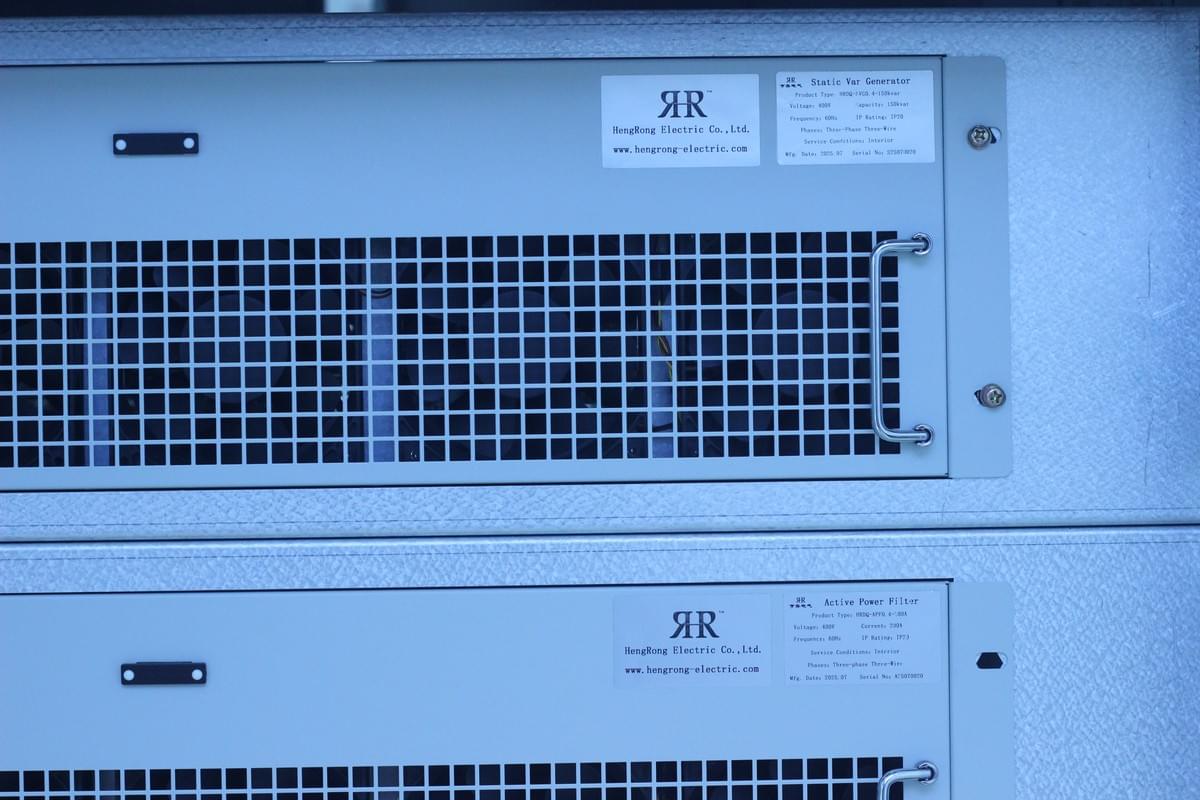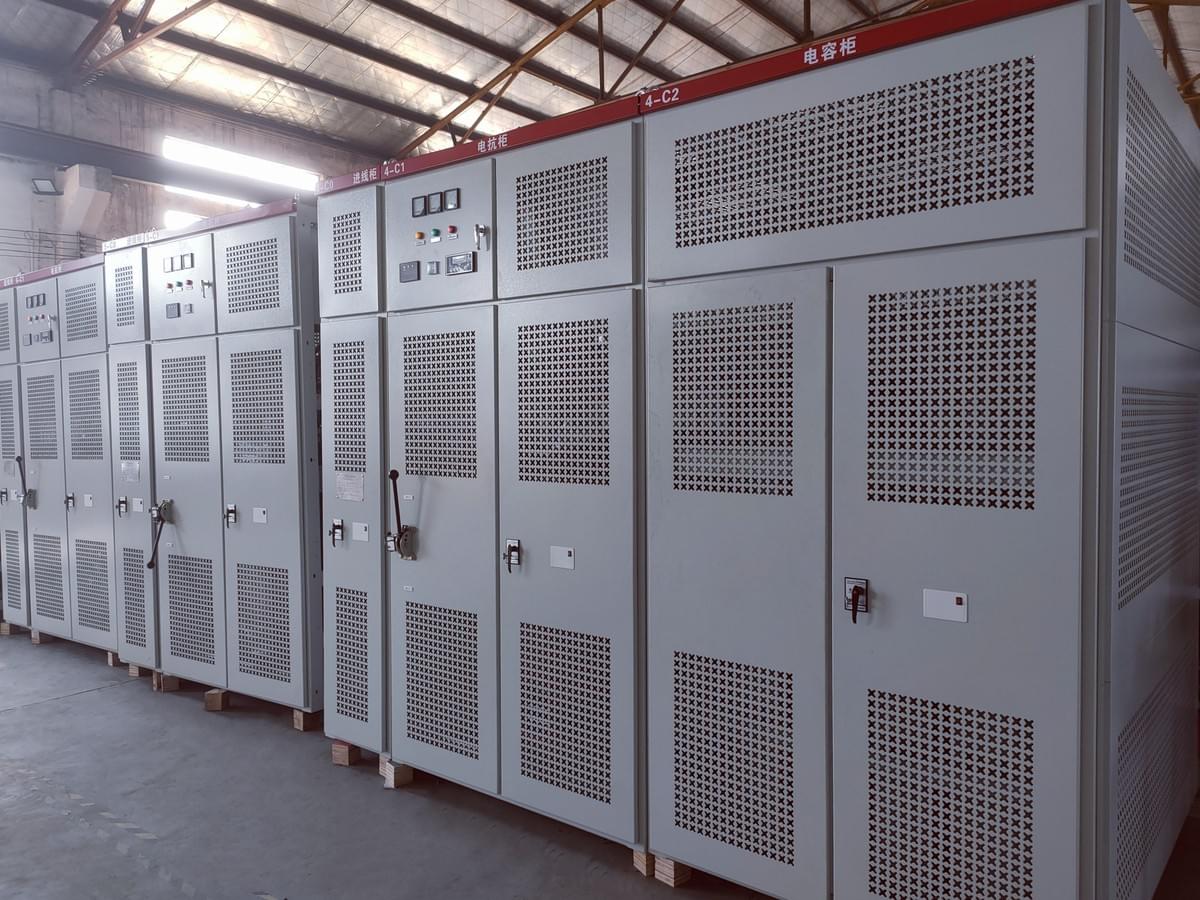Introduction: Why is Power Quality Becoming Increasingly Important?
With the growing dependence of modern society on power electronic equipment, an increasing number of non-linear loads have been connected to the power grid, such as frequency converters, electromagnetic induction equipment, UPS power supplies, and various intelligent terminals. Although the popularization of such equipment has improved power utilization efficiency, it has also brought an undeniable problem—grid harmonic pollution.

Harmonics not only reduce power quality but also cause overheating, shortened service life, and even operational failures of power equipment. How to effectively mitigate harmonics has become a hot topic in power system research and application.
Among numerous solutions, the Active Power Filter (APF) stands out. Compared with traditional passive filters, APF has the advantages of small size, flexible control, and excellent compensation performance, making it a key tool for improving power quality. Among the various control strategies for APF, the compound control method based on Selective Harmonics Repetitive Control (SHRC) has gradually demonstrated strong advantages.
What is an Active Power Filter (APF)?
Basic Principle of APF
An active power filter is a power electronic device whose core task is to offset harmonic currents in the power grid by injecting compensation currents. Its working process can be summarized in three steps:
- Signal Detection: Collect grid current signals through sensors.
- Data Processing: The control system analyzes harmonic components and calculates the current required for compensation.
- Harmonic Compensation: Generate a current opposite to the harmonics through an inverter and inject it into the grid to offset the original harmonics.
This dynamic compensation method not only enables precise mitigation of specific harmonics but also enhances the overall stability of the power system.
Advantages of Shunt APF
Among various APF structures, the shunt APF is the most common type. It can simultaneously perform reactive power compensation and harmonic suppression, making it particularly suitable for addressing power pollution caused by non-linear loads.
When combined with a traditional LCL filter, the APF can not only attenuate high-frequency harmonics but also maintain stable system operation at low frequencies.
Why Choose "Selective Harmonic Repetitive Control"?
Limitations of Traditional Control Methods
- Hysteresis Control: Fast response speed, but unstable switching frequency and complex design.
- Synchronous Rotating Frame Control: Can convert specific harmonics into DC quantities, but struggles to track multiple harmonics simultaneously.
- Conventional Repetitive Control (CRC): Can compensate for all harmonics, but has poor dynamic performance and slow response speed.
Each of these methods has its pros and cons, but in practical applications, it is often difficult to balance dynamic performance and high-precision compensation.

Innovations of SHRC
Selective Harmonics Repetitive Control (SHRC) is a more "intelligent" method. Instead of compensating all harmonics equally, it focuses on specific harmonics that are most harmful to the power grid, such as the common 6k±1th harmonics (5th, 7th, 11th, 13th, etc.).
This approach offers the following benefits:
- Improved Compensation Efficiency: Focuses on high-energy harmonics, saving computational and hardware resources.
- Enhanced Dynamic Performance: Reduced number of internal models significantly improves compensation speed.
- Boosted System Stability: Avoids excessive delays and improves overall power quality.
SHRC+PI Compound Control: An Optimal Solution with Superimposed Advantages
Although SHRC performs well in selective harmonic compensation, it still has shortcomings in dynamic response performance. To address this, researchers have proposed combining Proportional-Integral (PI) control with SHRC to form a compound control strategy.
Advantages of PI Control
- Simple structure and easy implementation;
- Fast dynamic response, suitable for handling sudden disturbances;
- Widely used in industrial control with mature and reliable performance.
Compound Advantages of SHRC+PI
The combination of the two achieves complementary advantages:
- SHRC is responsible for accurately locking target harmonics to achieve zero steady-state error compensation;
- PI control enhances the system's dynamic response capability, making up for the shortcomings of SHRC.
Simulation results show:
- Under CRC+PI control, the steady-state convergence time is 0.15s and the Total Harmonic Distortion (THD) is 1.86%;
- Under SHRC+PI control, the steady-state convergence time is shortened to 0.05s and the THD is 2.89%, which also meets the power quality standard of THD < 3%.
This means that SHRC+PI control not only achieves faster compensation speed but also improves efficiency while ensuring stability.

Industrial Application Value and Market Prospects
Applications in Power Systems
- Industrial Parks: Address harmonic pollution caused by large-scale non-linear loads.
- New Energy Grid Integration: Grid-connected inverters for photovoltaics and wind power often introduce harmonics, which can be effectively suppressed by APF.
- Rail Transit: Metro and high-speed rail traction systems generate a large number of harmonics, making APF an ideal solution.
- Data Centers: UPS and server clusters cause harmonics, and APF can ensure the stable operation of critical equipment.
Market Potential
With the advancement of the "dual carbon" goals and the in-depth construction of smart grids, the power quality management market is growing rapidly. According to relevant research forecasts, by 2030, the market size of active power filters in China will exceed tens of billions of yuan.
Adopting selective harmonic repetitive control technology as the core of APF will become an important direction for industry development.
SEO Optimization Points: Making Professional Technology Visible to More People
To achieve a higher ranking for this article in search engines, the following keywords will be strategically placed:
- Active Power Filter
- Selective Harmonic Repetitive Control
- Power Quality Management
- APF Control Strategy
- PI Control and Compound Control
- Harmonic Compensation
By reasonably placing keywords in the title, subheadings, main text, and conclusion while maintaining a natural and fluent writing style, the exposure of the article in search results can be effectively improved.
Conclusion: The Future Path for Promoting Power Quality Improvement
Based on the research of scholars such as Zhou Xiaoqi, this article introduces the key role of active power filters in harmonic mitigation, with a focus on analyzing the advantages of the compound strategy of Selective Harmonic Repetitive Control (SHRC) and PI control.
Through theoretical derivation and simulation verification, it can be seen that:
- SHRC can achieve precise compensation for specified harmonics;
- PI control enhances dynamic response performance;
- The combination of the two achieves the dual advantages of high precision and fast response.
In the future, with the continuous development of industrial modernization and smart grids, this control strategy will undoubtedly be more widely applied in the field of power quality management.

Choosing an active power filter with SHRC+PI compound control is not only a technological breakthrough in grid harmonic mitigation but also an important cornerstone for moving towards green energy conservation and safe, efficient electricity consumption.
Hengrong Electric Co., Ltd.
We specialize in providing high-efficiency reactive power compensation and power quality optimization solutions. With over 20 years of industry experience, our products excel in enhancing grid efficiency, reducing energy consumption, and ensuring system stability.
Our core products and services include:
Low-voltage Reactive Power Compensation and Power Quality Optimization:
Self-healing Capacitors:
Improve power factor, optimize grid power quality, and extend equipment lifespan with self-healing functionality.
Increased Safety Capacitors:
Designed for hazardous environments with combustible gases, providing high safety and explosion-proof features.
Tuned Reactors:
Effectively absorb grid harmonics, improve voltage waveform stability, and protect capacitors.
Composite and Thyristor Switches: Reliable capacitor switching devices with no inrush current, low noise, and stable operation.
High-voltage Reactive Power Compensation Solutions:
High-voltage Capacitors and Reactors: Enhance high-voltage grid stability, effectively compensate reactive power, and suppress harmonics.
Power Quality Governance:
Active Power Filters (APF):
Eliminate harmonics, improve power quality, and ensure system stability.
Static VAR Generators (SVG):
Provide dynamic reactive power compensation with fast and smooth system response.
Smart and Customized Solutions:
Offer smart power quality management controllers and intelligent compensation devices that adapt to complex grid environments, ensuring optimal operation.
Why Choose Hengrong Electric?
Industry Experience: We have extensive experience in power quality optimization, having delivered reliable solutions for numerous clients across various industries.
Customized Services: We provide tailored solutions based on specific client needs, ensuring the maximum benefits for every project.
Technical Assurance: Our products are internationally certified and feature advanced technology, ensuring high efficiency, reliability, and long-term stability.
